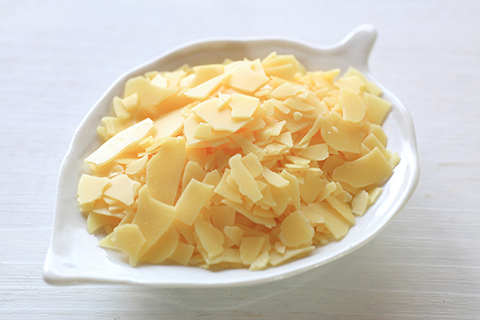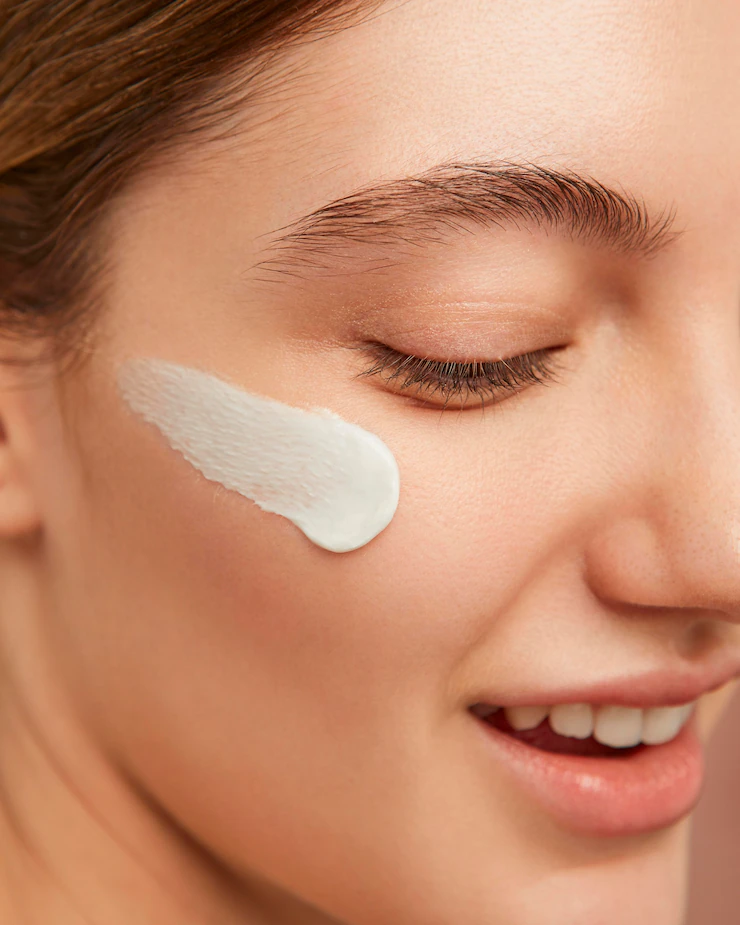- Home
- Ingredients
- Cosmetic Wax
What is a cosmetic wax?

Cosmetic wax is one of the many quality ingredients that you can find in a cosmetic product. Depending on the type of product you are making, different wax has different properties.
Some have higher melting point than the others and one type of wax is already a liquid in room temperature. And, different wax is derived from different substances.
Why use wax in cosmetics?
A cosmetic wax can be used to:
- thicken an oil base
- provide stability in solid cosmetic products such as lipstick
However, if used too little or too much in a formula, can cause products to be instable, fragile or too soft or too hard.
A misconception when using cosmetic wax
There is one popular misconception in making emulsions and that is, to use beeswax.
Well, I cannot say that it is entirely wrong because beeswax contains a high HLB value of around 12.
HLB stands for Hydrophilic–lipophilic balance that simply means the water-oil balance. Because its value is on the high range, that could be the reason why your beeswax-emulsion is stable.
Your emulsion may look steady to the eye but on the chemistry level, it is not quite right. Beeswax is not an emulsifier.
How many types of wax are there?
Many! Let's take a look at some.
These are natural wax:
- Beeswax (not vegan)
- Candelilla wax
- Carnauba wax
- Rice bran wax
- Myrica wax
- Berry wax
If your ethics call for plant-based, then use the ones here except beeswax.
These are petroleum-based wax:
- Ozokerite wax
- Paraffin wax
- Microcrystalline wax
If you cringe on the word petroleum, I totally understand. These petroleum-based wax are vegan and safe to use in makeup. Be sure to purchase the cosmetic-grade ones.
The next category of wax is very interesting. They are made from flowers and known as pseudo-wax. They are usually dark and quite expensive.
You can use them if your product is not aesthetically important.
- Ylang ylang flower wax
- Jasmine flower wax
- Lavender flower wax
- Rose flower wax
- Mimosa flower wax
Next is pseudo-wax from hydrogenated oils. They go through a process called hydrogenation to increase its melting point and shelf life.
Unfortunately, they become refined oils after completing this process.
If your business ethics allow refined oils to be used, go ahead!
- Avocado wax
- Castor wax
- Hemp wax
- Olive wax
- Soy wax
- Rapeseed wax
- Vegetable wax
Which wax should you use to make vegan makeup?
In vegan makeup, you can use all the waxes mentioned above except beeswax!
My favorite wax is Candelilla wax, Ozokerite wax and if my formula does not call for vegan, Beeswax.
The best part about wax is, there is no standard way of formulating with it! You can:
- mix with other waxes
- mix with other oils
- mix with oil-based fragrance
If you are making balms or other anhydrous products, you can choose any cosmetic wax you like without worrying about pH.
Consider the melting points of different cosmetic waxes
Let's take Candelilla wax and Berry wax as examples.
Candelilla wax has a melting point between 68.5 to 72.5 °C. This means, candelilla wax will melt when it reaches 68.5 °C.
Berry wax has a melting point between 48 - 54 °C. This means, berry wax will melt when it reaches 48 °C.
I am living in Singapore, a tropical country. My room temperature ranges from 30 to 35 °C.
If I use Berry wax as a base for my lipstick, it will be a soft and creamy lipstick. Pressing too hard on my lips probably can cause the lipstick to break.
But if I use Candelilla wax in my formula, the lipstick can definitely hold its shape. Its texture will be harder and more stable.
If you live in a colder country, Berry wax might be a suitable base (60-80% weight) for a lipstick.
Where to buy cosmetic wax?
Here's a list of reliable suppliers that you can buy from:
❤️ Share with your friends! ❤️

